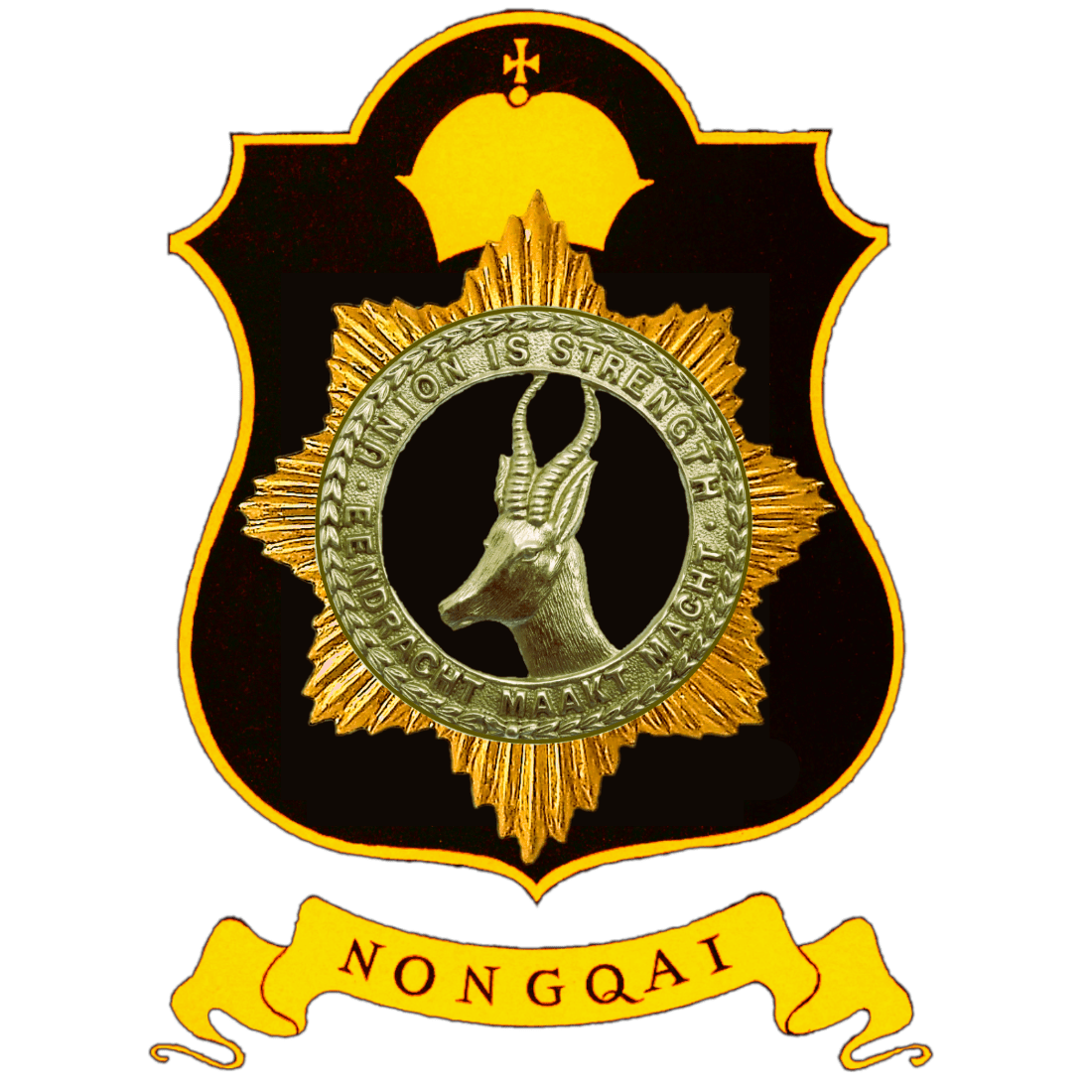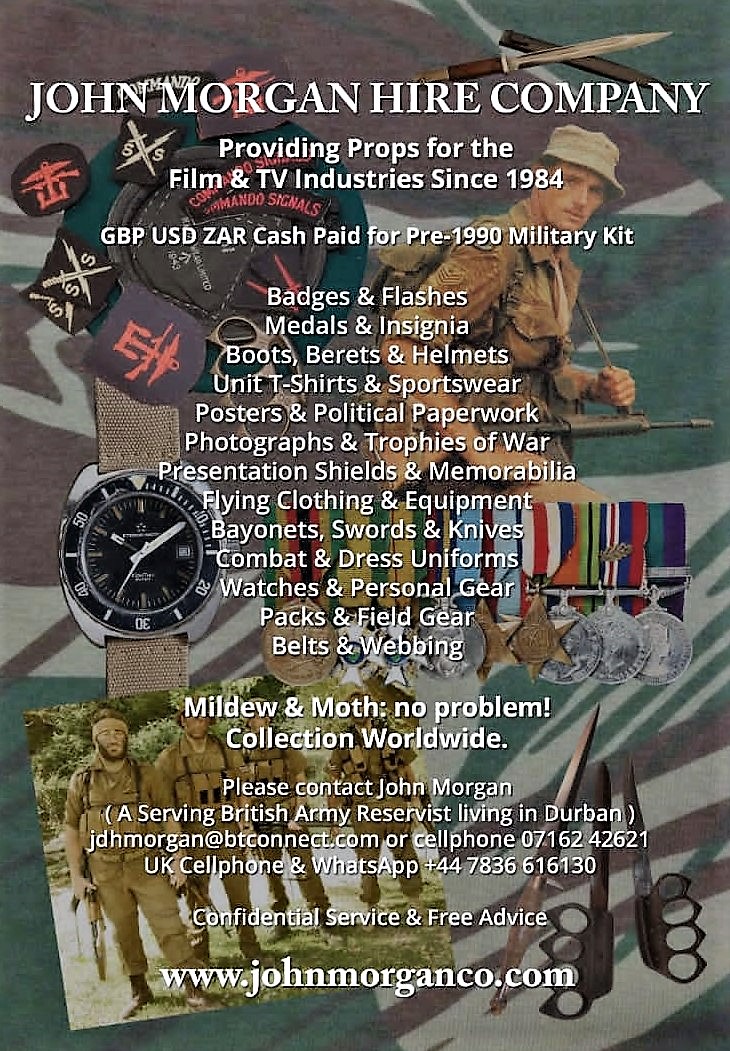VIR ONS JONGSTE ARTIKELS KLIEK OP “NEW/NUUT” (DIT WORD DEURLOPEND GELAAI).
VIR OUER UITGAWES KLIEK ASB OP ARGIEF
LET WEL: die “ARGIEF” funksie is TYDELIK NIE BESKIKBAAR, as gevolg van opgradering.

FOR OUR LATEST BLOG POSTS, CLICK ON THE “NEW/NUUT” BUTTON (UPLOADED CONTINUOUSLY).
FOR OLDER EDITIONS, PSE CLICK ARCHIVE
NB: the “archive” function is temporarily unavailable, due to upgrading
TO LEARN MORE ABOUT THE GOALS, HISTORY, ETHOS, AND LEGAL STRUCTURE OF THE NONGQAI TRUST AND NONGQAI PUBLICATIONS, PLEASE CLICK ON THE “ABOUT / OMTRENT” BUTTON ABOVE.
VIR MEER INLIGTING OOR DIE DOELWITTE, GESKIEDENIS, ETOS EN REGSIDENTITEIT VAN DIE NONGQAI TRUST EN NONGQAI PUBLIKASIES, KLIEK ASB OP DIE “ABOUT/OMTRENT” KNOPPIE HIERBO.


